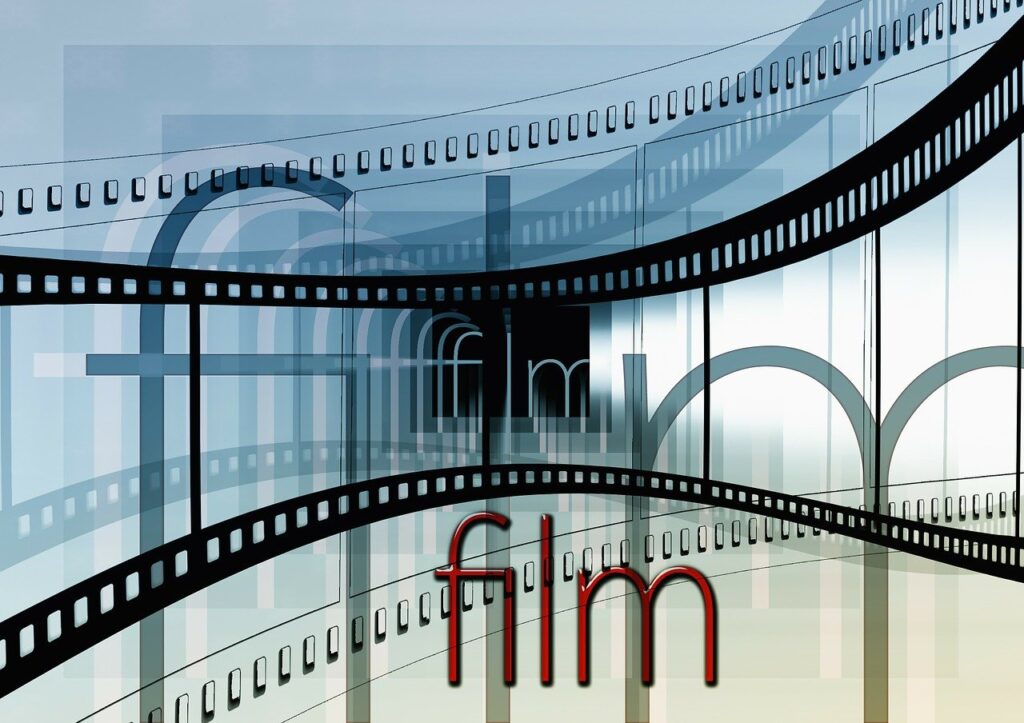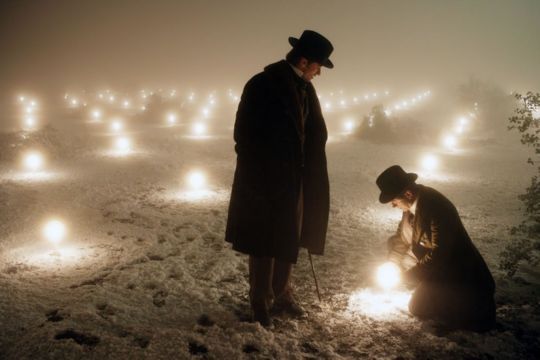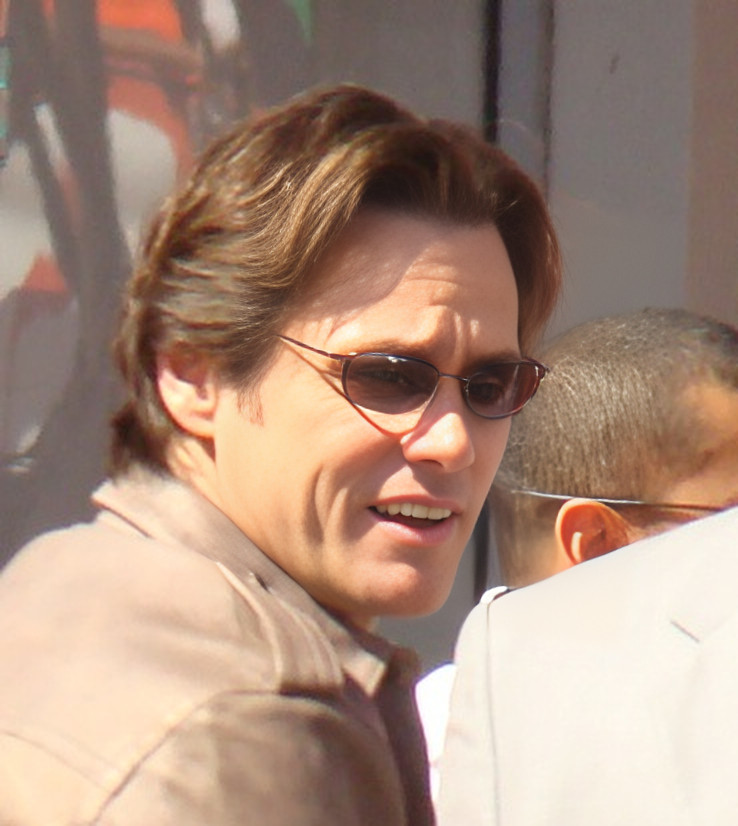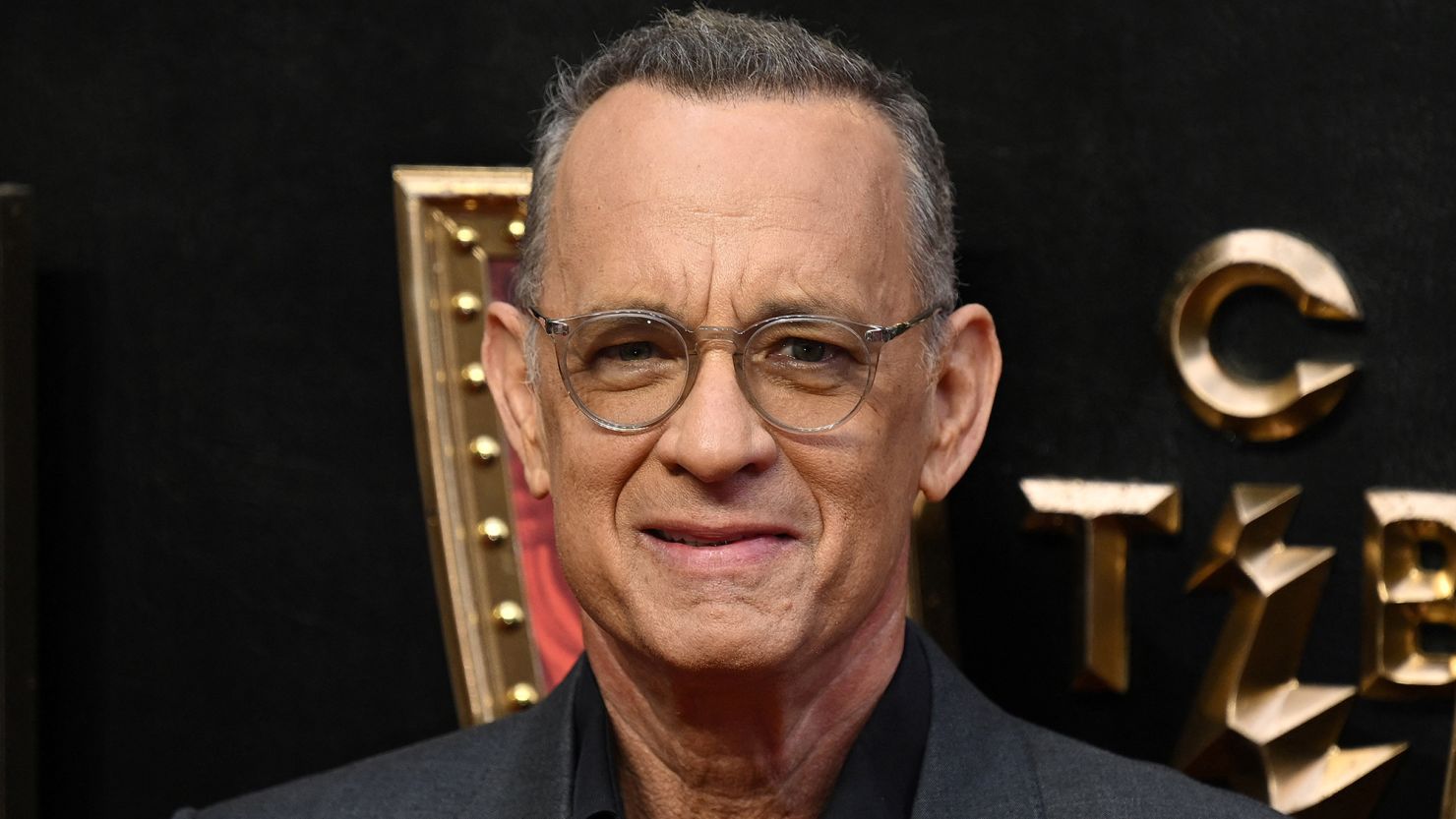
In an entertainment landscape perpetually obsessed with the next big thing, the spotlight has, rather unexpectedly, swung back to the enduring powerhouses of the silver screen — actors who have seen more than seven decades pass. Far from being relegated to nostalgic cameos or forgotten archives, these seasoned performers are not just maintaining their loyal fanbases; they are, quite astonishingly, forging powerful new connections with younger audiences, all thanks to the transformative reach of streaming platforms.
This isn’t merely a heartwarming tale of veteran resilience; it’s a profound industry recalibration, a fascinating shift from a not-so-distant past. A 2016 Polygraph study, for instance, revealed a stark reality: men over 65 accounted for a mere 5% of words spoken in an analysis of thousands of screenplays. Fast forward to today, and the narrative has dramatically flipped, presenting a compelling case study in cultural fluidity and market adaptability that Vulture-esque analysis thrives upon. The question is no longer *if* older actors can compete, but *how* they are not only holding their own but actively expanding their cinematic dominion.
What we are witnessing is a nuanced interplay of legacy, undeniable talent, and strategic platform utilization. This in-depth exploration will delve into the specific instances where venerable male actors over 70 have not only found new homes on streaming services but have actively revitalized their careers, delivering compelling performances that resonate across generational divides. Their successes underscore a vital truth: experience, charisma, and a well-crafted role can transcend any age barrier, proving that the entertainment industry, when it chooses to listen, can unlock immense value from its most seasoned stars.

1. **The New Golden Age: Older Male Actors Dominating Streaming**The notion that an actor’s prime necessarily diminishes with age is being thoroughly debunked by the current streaming paradigm. What was once perceived as a niche or a risk — casting actors over 70 in prominent, often leading roles — has evolved into a strategic advantage for many content providers. These platforms, unburdened by the same traditional box office pressures, are proving fertile ground for a career renaissance.
The sheer volume of content demanded by the streaming model creates unparalleled opportunities for diverse storytelling, and consequently, a broader spectrum of characters. This demand for varied narratives naturally extends to embracing a wider age range for protagonists and key supporting players. For actors who have cultivated decades of expertise, this environment offers a perfect stage to showcase their enduring talents and connect with a global viewership eager for compelling stories, regardless of the star’s birth year.
This shift isn’t just about offering more roles; it’s about offering *meaningful* roles that leverage the life experience and gravitas these actors bring. It’s a testament to the fact that compelling performances are timeless, and that a deep bench of seasoned talent can be a significant asset. Streaming services, in their hunger for quality and distinctive content, are recognizing that the wisdom and presence of older actors are not just acceptable, but highly desirable.
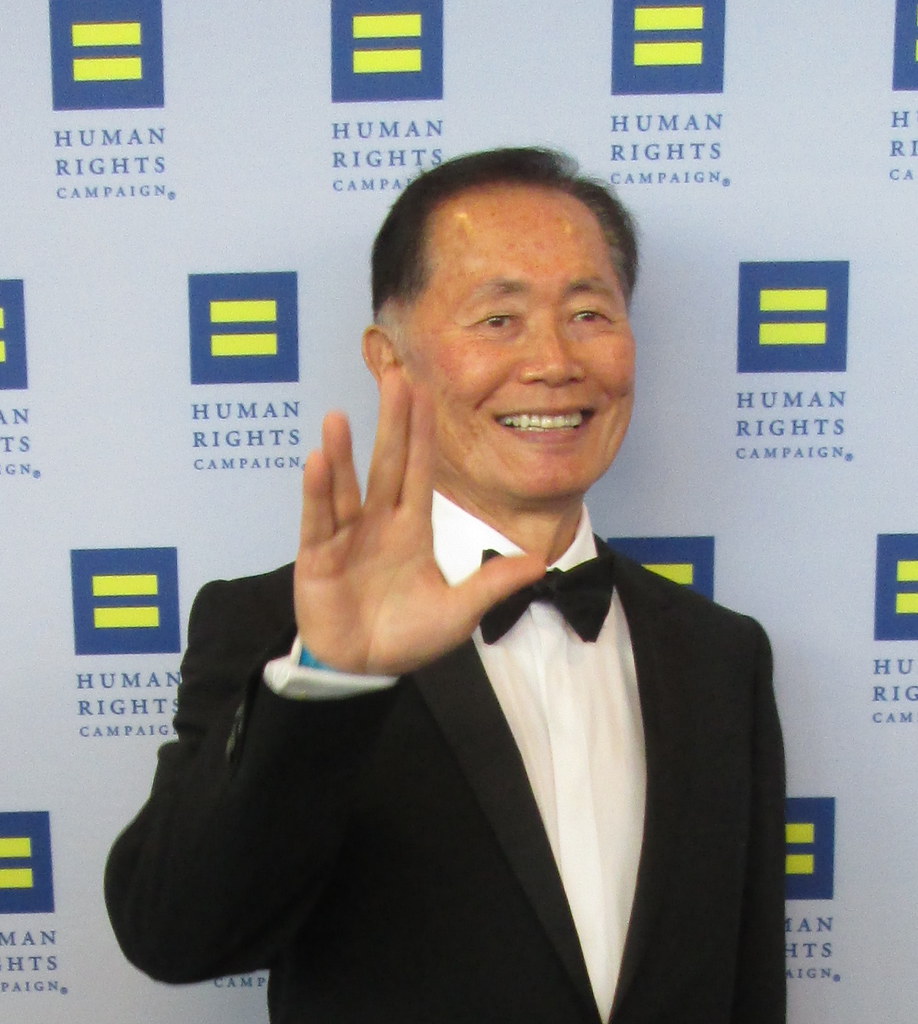
2. **George Takei: Timeless Charm and Digital Savvy**George Takei stands as a towering figure in this new landscape, leading the charge for older actors with remarkable distinction. Renowned globally for his indelible portrayal of Hikaru Sulu in the original “Star Trek” series, Takei has transcended his iconic role to become a celebrated public figure. His influence extends far beyond traditional acting, cementing his status as a cultural phenomenon through his sharp wit, fervent social activism, and an undeniably vibrant presence across social media platforms.
This digital fluency is crucial. Takei understands the modern media ecosystem, leveraging platforms like Twitter (now X) to connect directly with millions, sharing humor, wisdom, and advocacy. This direct engagement fosters a deep, personal connection with an audience that spans generations, proving that a robust online presence can amplify an actor’s reach and relevance in an age where traditional publicity cycles are often supplemented by continuous digital dialogue.
His continued portrayal of Hikaru Sulu in the Paramount+ animated series “Star Trek: Lower Decks” perfectly illustrates his ability to bridge eras. He’s not merely resting on past laurels; he’s actively participating in new iterations of his legacy, introducing his character and his own charismatic persona to entirely new audiences who might be discovering “Star Trek” through its animated offshoots. This blend of established iconography with fresh, digital-first content is a masterclass in staying relevant.
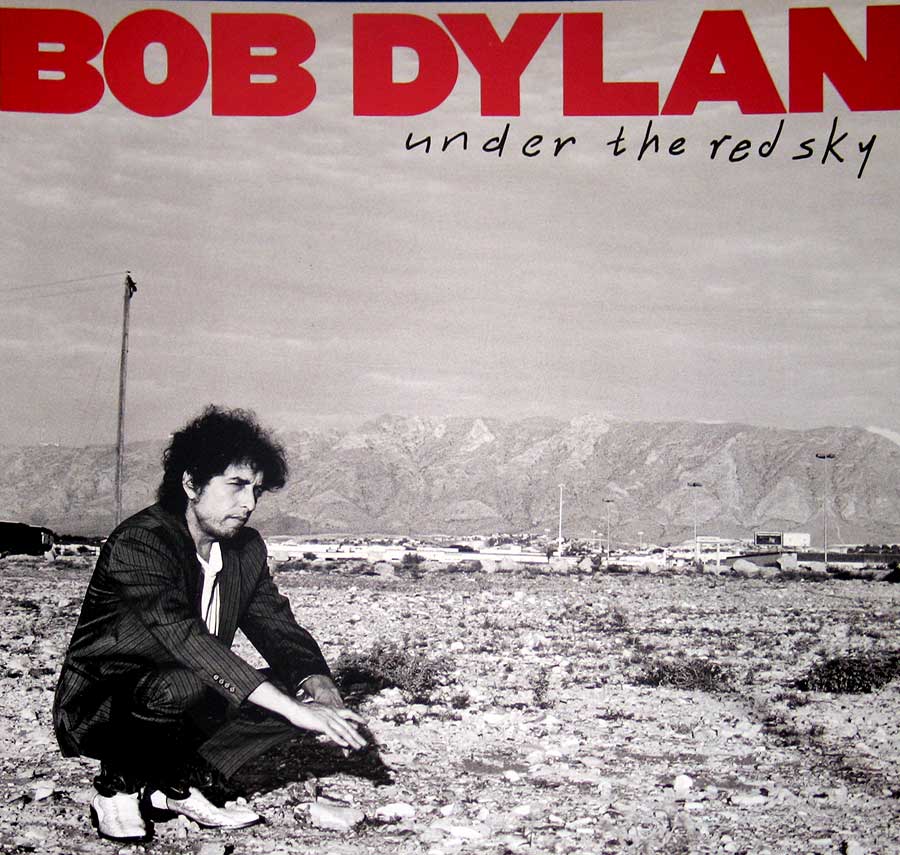
3. **Harrison Ford: Iconic Roles and Platform Boosts**Harrison Ford, a name synonymous with global blockbusters and unforgettable characters like Indiana Jones, continues to be an undeniable force, even as he celebrates his 80th year. His recent ventures are not just career footnotes; they are significant tentpoles for major streaming services, proving that his star power remains potent enough to anchor new franchises and invigorate existing ones. This is a clear indicator that audiences, young and old, still flock to see a legend in action.
At 80, Ford impressively starred in a new installment of the iconic Indiana Jones franchise, a testament to his enduring appeal and the character’s timeless allure. More critically for the streaming world, he has delivered star turns that have demonstrably boosted the prospects of Apple TV+ and Paramount+. His role in “Shrinking” for Apple TV+ showcased a different, more nuanced side, allowing him to flex comedic and dramatic muscles in a contemporary series, drawing in viewers specifically for his presence.
Simultaneously, his starring role in “1923” for Paramount+ tapped into the burgeoning popularity of Western dramas and extended the highly successful “Yellowstone” universe. In both instances, Ford isn’t just an actor; he’s a brand. His involvement signals quality, gravitas, and a guaranteed viewership, demonstrating how a singular, iconic figure can almost single-handedly elevate a streaming platform’s profile and subscriber numbers, proving the immense value of established talent.
4. **Henry Winkler: From Fonz to “Barry” and Beyond**Henry Winkler’s career trajectory is a vivid illustration of an actor not only adapting to but thriving within new comedic and dramatic landscapes. While eternally beloved as The Fonz from “Happy Days,” Winkler has masterfully reinvented himself, cultivating a significant role in the critically acclaimed HBO show “Barry,” which recently concluded its final season. This role wasn’t a nostalgic nod; it was a complex, award-winning performance that showcased his incredible range.
His portrayal of Gene Cousineau, the narcissistic acting coach, garnered him an Emmy, proving that age is no barrier to delivering fresh, impactful performances that resonate with contemporary audiences. The character’s evolution, from pompous mentor to tormented victim, allowed Winkler to demonstrate a depth and versatility that captured the attention of both long-time fans and a new generation of discerning viewers accustomed to prestige television.
Winkler’s success on “Barry” highlights a crucial aspect of the streaming and premium cable era: the appetite for sophisticated, character-driven narratives. These platforms provide a space where actors like Winkler can shed past typecasting and embrace roles that demand genuine artistic exploration, attracting an audience that appreciates nuanced storytelling over fleeting celebrity. His journey from an iconic 70s heartthrob to a modern dramatic powerhouse is genuinely inspiring.
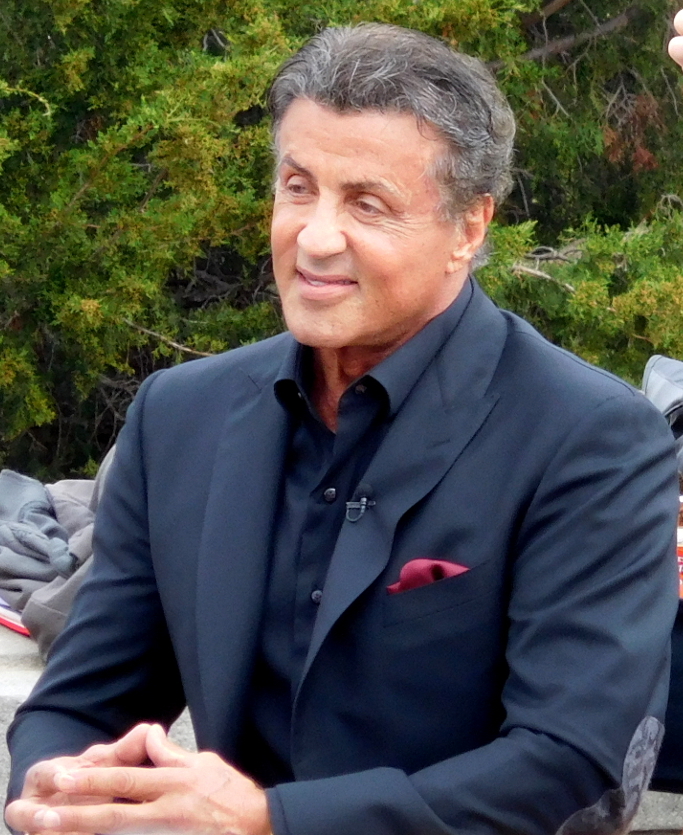
5. **Sylvester Stallone: A Gritty Comeback on Paramount+**Sylvester Stallone, another titan of the big screen synonymous with action franchises like ‘Rocky’ and ‘Rambo,’ has found a compelling new chapter in his storied career courtesy of streaming. His starring role in Paramount+’s “Tulsa King” is a perfect example of how a familiar, formidable persona can be expertly repackaged and delivered to a ravenous digital audience, demonstrating the enduring appeal of a genuine action legend.
“Tulsa King” places Stallone in a fish-out-of-water scenario as a New York mob capo exiled to Oklahoma, allowing him to blend his characteristic toughness with a surprising vein of humor and vulnerability. This nuanced portrayal capitalizes on his established brand while offering a fresh narrative that keeps both his original fanbase engaged and attracts new viewers intrigued by the premise and, of course, the undeniable star power he brings to the screen.
The success of “Tulsa King” on Paramount+ underscores the strategic value of pairing iconic actors with original, platform-exclusive content. These series become significant draws for subscribers, providing a tangible reason for viewers to sign up and stay. Stallone’s ability to headline a brand-new, popular show at his age firmly establishes him as a continued force in the entertainment industry, a testament to his longevity and charisma.

6. **Mark Hamill: Star Wars’ Enduring Legacy on Disney+**Mark Hamill’s journey through the Star Wars galaxy is perhaps one of the most compelling narratives in modern media, and his presence remains absolutely vital to Disney+’s success. As the legendary Luke Skywalker, Hamill is not just reprising a role; he’s a custodian of a cultural phenomenon, connecting multiple generations through one of the most beloved sagas in cinematic history. His prominence in multiple Disney+ shows within the Star Wars franchise exemplifies the power of legacy characters on streaming platforms.
His appearances, particularly in series like “The Mandalorian” and “The Book of Boba Fett,” represent pivotal moments that not only thrill long-time fans but also serve as a crucial bridge for newer viewers. For those who may have discovered Star Wars through more recent films or animated series, seeing Hamill as Skywalker provides an instant, authentic connection to the saga’s foundational mythology, making the vast universe feel more coherent and deeply rooted.
This strategic utilization of Hamill’s iconic status illustrates how streaming can leverage established intellectual property and its original stars to incredible effect. It’s not just about fan service; it’s about maintaining narrative continuity, enhancing the emotional stakes, and ensuring that the cultural fluency of the franchise extends seamlessly into its digital iterations, with Hamill at the heart of this enduring appeal.

7. **Arnold Schwarzenegger: Netflix’s New Action Hero**Arnold Schwarzenegger, a name synonymous with muscular action, one-liners, and global box office domination, has found a vibrant new home and an eager audience on Netflix. His starring role in the newly released Netflix original “Fubar” decisively demonstrated that the appetite for Schwarzenegger’s unique brand of entertainment is as robust as ever, easily pushing the series to the top of Netflix’s charts and reaffirming his unparalleled drawing power.
“Fubar” cleverly positions Schwarzenegger in a spy comedy, allowing him to lean into his established action hero persona while injecting humor and a generational dynamic that resonates with modern audiences. This ability to adapt his signature style to a contemporary streaming format proves his versatility and understanding of what audiences, both familiar and new, expect from an Arnold project. He’s not just playing an old action hero; he’s redefining what an older action hero can be.
His triumph on Netflix is a potent signal to the industry: established stars, particularly those with a defined and beloved brand, can be immense assets for streaming services looking to generate buzz and attract subscribers. Schwarzenegger’s ability to take a new original series and almost immediately elevate it to a top-performing title underscores the phenomenon of older actors not just surviving but thriving, proving that some legends only get better with age and the right platform.

8. **The Data-Driven Demand: Quantifying the Resurgence**Moving beyond individual success stories, the true depth of this phenomenon reveals itself when we sift through the hard data. This isn’t just about a few beloved stars; it’s a measurable, significant shift in industry dynamics, underscored by concrete analytics. The narrative, once anecdotal, now has substantial numbers to back its compelling claim, painting a clearer picture of streaming’s transformative power for seasoned talent.
According to Parrot Analytics’ robust talent demand data, which meticulously ‘takes into account consumer research, streaming, downloads and social media, among other engagement,’ male actors over the age of 70 ‘now account for 17% of the total demand for male actors in the U.S. market.’ This isn’t a marginal uptick; it’s a substantial segment of overall demand, demanding attention and a re-evaluation of long-held industry biases.
To grasp the full weight of this statistic, consider its implication: nearly one-fifth of the demand for male actors is driven by performers who have navigated seven decades of life. This quantified demand provides a powerful counter-narrative to the long-standing industry perception that older talent lacks market viability or audience pull, offering a stark contrast to the historical data, such as the 2016 Polygraph study which found men over 65 spoke only 5% of words in screenplays.
The sheer volume represented by this 17% figure indicates that streaming platforms are not just passively housing older content; they are actively cultivating environments where the gravitas, experience, and enduring appeal of these actors translate directly into measurable viewer engagement. It’s a compelling testament to the market’s evolving tastes and a strategic advantage for platforms smart enough to recognize it.
9. **Who’s Watching? Demystifying Audience Demographics**Delving deeper into Parrot Analytics’ findings, the question naturally arises: who exactly is driving this formidable 17% demand? The answer, as it turns out, is more nuanced than a simple generational divide, revealing a fascinating interplay of legacy fandom and new-age appeal. The data paints a picture of audiences that are both fiercely loyal to established icons and surprisingly open to discovering their talents anew.
For instance, while George Takei undeniably ‘leads the ranking by a significant margin,’ his primary audience is robustly mature, with ‘nearly 90% falling into that category’ of being over 30 years old. This demographic breakdown speaks to the power of a deeply ingrained cultural legacy, a testament to ‘Star Trek’s’ enduring appeal and Takei’s subsequent, multi-faceted public presence. It showcases the retention of a dedicated fanbase across decades.
However, the landscape shifts dramatically with figures like Danny DeVito, who ’emerges as a favorite among younger audiences within the talent ranking.’ His continued relevance is largely attributed to his role in ‘It’s Always Sunny in Philadelphia,’ a sitcom that ‘resonates more with Zennials,’ proving that contemporary roles on accessible platforms are key to unlocking entirely new, youthful demographics.
Crucially, Parrot Analytics also identifies a ‘blue area of the chart’ that highlights actors who have achieved the remarkable feat of simultaneously maintaining ‘high demand and significant engagement with younger audiences.’ This elite group includes powerhouse names such as ‘Schwarzenegger, Hamill, Ford, and Stallone,’ all of whom have ‘succeeded in forging connections with younger viewers, transcending generational gaps and enticing new audiences, even those who weren’t yet born when their careers began — while keeping their old fanbase.’ This unique cross-generational appeal underscores a pivotal strategy for evergreen success.
10. **The AARP Effect: Older Audiences Demand Authentic Representation**While data from Parrot Analytics meticulously charts demand and demographic engagement, another crucial piece of the puzzle comes from the direct voices of older audiences themselves. New research from AARP provides an unequivocal statement on what this demographic seeks from entertainment, spotlighting a profound desire for authentic, relatable portrayals that have long been underserved.
This groundbreaking AARP survey, titled ‘Breaking Stereotypes: The Push for Real Representation of Older Adults in Movies and Television,’ released ahead of their esteemed Movies for Grownups® Awards, reveals a compelling truth: ‘Three-quarters (73%) of adults age 50 and older are more likely to support movies or TV that include characters similar to them in age and life experiences.’ This isn’t a passive preference; it’s a proactive consumer choice.
Heather Nawrocki, AARP Vice President of AARP Movies for Grownups, succinctly captures the essence of these findings, stating, ‘The results of this survey demonstrate what we have suspected since we started the Movies for Grownups Awards program – that older adults care deeply about seeing their experiences accurately reflected on screen.’ This long-standing advocacy for the 50-plus audience, fighting industry ageism, is now reinforced by robust statistical evidence.
The desire for authenticity extends beyond simply seeing older faces. The survey found that ‘most respondents (69%) say they consider it important that movies or TV ensure accurate representation of older adults in both casting and storylines.’ This holistic demand for realism indicates that superficial inclusion is insufficient; older viewers are seeking depth, complexity, and narratives that genuinely mirror their lived experiences and perspectives.
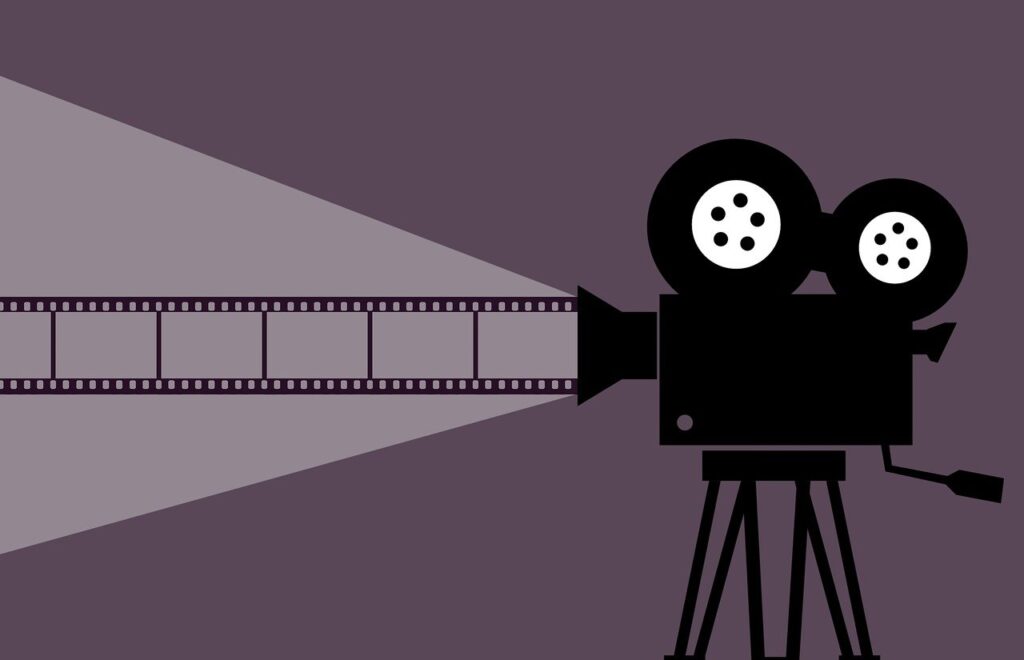
11. **Industry Barriers and Shifting Perceptions: Overcoming Ageism**The AARP research not only quantified audience demand but also sharply illuminated the perceived barriers hindering greater and more accurate representation of older actors in Hollywood. These obstacles are deeply embedded in industry perceptions and practices, highlighting a need for significant cultural recalibration within the entertainment ecosystem itself.
One of the most striking findings revealed that ‘over half (52%)’ of respondents identified ‘viewer audiences prefer younger actors’ as ‘a major barrier to increased 50-plus representation on-screen.’ This perception, held by respondents who are themselves older adults, points to a self-fulfilling prophecy within the industry, where a perceived lack of demand for older talent dictates casting choices, despite compelling evidence to the contrary from platforms like streaming services.
Beyond this audience-preference myth, the survey also identified more systemic issues. A significant ‘over two-in-five respondents believe that industry bias (42%) and limited opportunities for older actors (46%) are significant obstacles to achieving this.’ These figures paint a clear picture of an industry grappling with internal prejudices and a historically restrictive environment for seasoned performers.
However, the very success stories highlighted in the first section of this article, coupled with the Parrot Analytics data, serve as powerful rebuttals to these perceived barriers. Streaming platforms, by actively casting and promoting older actors in leading roles, are demonstrably proving that demand exists, and that audiences are eager for diverse age representation, effectively chipping away at long-entrenched industry biases and opening up opportunities previously thought to be scarce.
12. **The Economic Imperative: Unlocking the 50-Plus Buying Power**The rising visibility of older actors on streaming isn’t just a win for artistic diversity; it’s an undeniable economic boon, driven by a demographic with substantial and often underestimated purchasing power. The AARP research vividly illustrates that ignoring the 50-plus audience is not just creatively short-sighted, but financially imprudent for the entertainment industry.
The numbers speak for themselves: ‘People 50-plus have significant buying power in the entertainment industry.’ This demographic boasts ’61 million attending movies and over 84 million subscribing to streaming services in the last year, according to MRI-Simmons.’ These are not casual consumers; they are a deeply engaged, active segment of the market, wielding considerable influence over box office receipts and, crucially, subscription numbers.
Further solidifying this financial weight, data from ‘the federal Bureau of Labor Statistics indicates that adults 50 and older spent about $10.7 billion on movies and TV streaming.’ This colossal figure represents a direct investment into the streaming ecosystem, underscoring the immense value of content that resonates with this age group. It’s a loyal, affluent audience that actively seeks and pays for entertainment that reflects their lives.
Therefore, streaming platforms that intentionally cater to and feature older talent are tapping into a veritable goldmine of consumer loyalty and spending. The economic imperative is clear: authentic representation for older adults translates directly into subscriber engagement and sustained revenue, making the inclusion of aging actors not just an ethical choice, but a shrewd business decision that promises substantial returns.
13. **Cultural Resonance: The Enduring Appeal of Experience and Gravitas**Beyond the raw data and economic arguments, the resurgence of aging actors on streaming platforms carries profound cultural resonance. It signifies a broader societal shift towards valuing the rich tapestry of human experience, affirming that stories of wisdom, resilience, and evolving perspectives are not just relevant, but deeply compelling for a diverse global audience.
Older actors bring an unparalleled depth to their roles, an authentic ‘gravitas’ that often comes from decades of lived experience, both on and off screen. This inherent wisdom allows them to portray complex characters with nuanced emotional layers that resonate powerfully, challenging simplistic narratives about aging. They are not merely performing; they are embodying histories, struggles, and triumphs that enrich storytelling in ways younger performers cannot yet replicate.
This newfound prominence actively dismantles ageist stereotypes, countering the outdated notion that older individuals are ‘frail or dependent and a burden to society,’ as the WHO context mentions regarding ‘Challenges in responding to population ageing.’ Instead, these actors showcase vitality, agency, and continued relevance, offering powerful role models and dispelling reductive portrayals of later life stages. They are dynamic protagonists, not just supporting figures.
Their success fosters a greater ‘cultural fluency,’ demonstrating that compelling narratives transcend age. It invites audiences across generations to connect with universal themes of growth, change, and self-discovery, regardless of the protagonist’s birth year. This deep cultural impact transforms entertainment into a more reflective and inclusive mirror of society’s multifaceted reality.
Read more about: Unraveling the Enigma: The Deep Truths and Intricate Lore Behind Netflix’s Acclaimed Series ‘Dark’
14. **Beyond Nostalgia: Cultivating New Legacies in the Streaming Era**The phenomenon of aging actors thriving on streaming platforms is far more than a passing trend or a mere wave of nostalgia. It represents a fundamental evolution in how talent is valued, how careers are sustained, and how new legacies are forged in the contemporary entertainment landscape. Streaming has effectively created a fertile ground for genuine career rebirth, not just a rehashing of past glories.
These platforms, driven by an insatiable demand for diverse, high-quality content, have empowered actors to shed the shackles of typecasting and embrace roles that truly challenge and expand their artistic range. This freedom allows seasoned performers to explore new dimensions of their talent, connecting with audiences who may have never seen their earlier work, thereby creating entirely new fanbases and extending their professional lives in profound ways.
What we are witnessing is not merely a ‘comeback’ but a profound redefinition of an actor’s prime. For many, streaming offers a pathway to sustained engagement, allowing them to star in multiple series, develop new characters, and maintain a consistent presence in the cultural conversation. This ensures that their impact is not fleeting, but rather an ongoing contribution, continuously enriching the entertainment ecosystem.
Ultimately, the success of aging actors on streaming services signals a more inclusive and creatively vibrant future for Hollywood. It underscores that talent, experience, and the ability to connect authentically with an audience are timeless commodities. By embracing these seasoned performers, the industry is not only making smart business decisions but is also fostering a richer, more diverse narrative landscape that truly reflects and celebrates the entirety of the human experience, proving that great artistry knows no expiration date.


